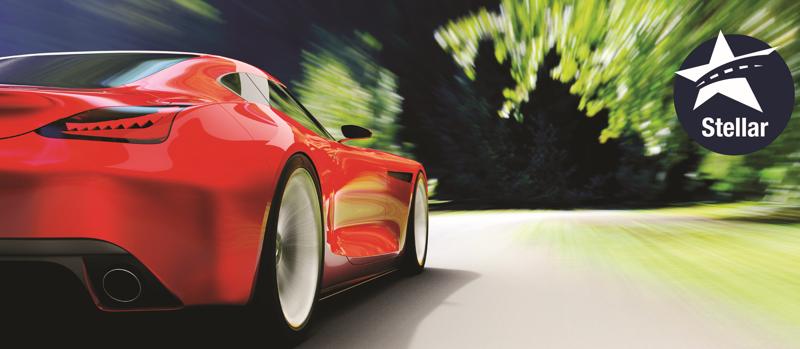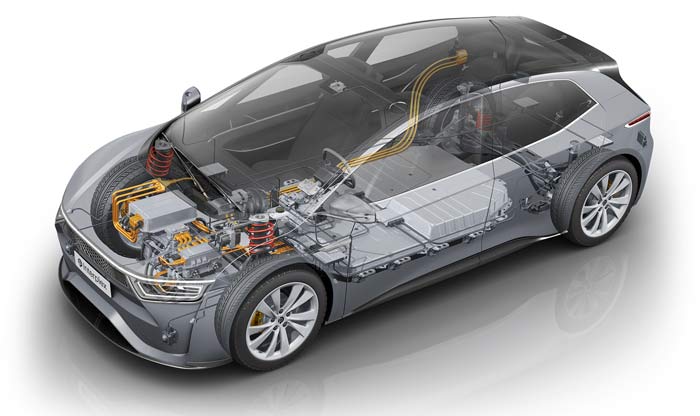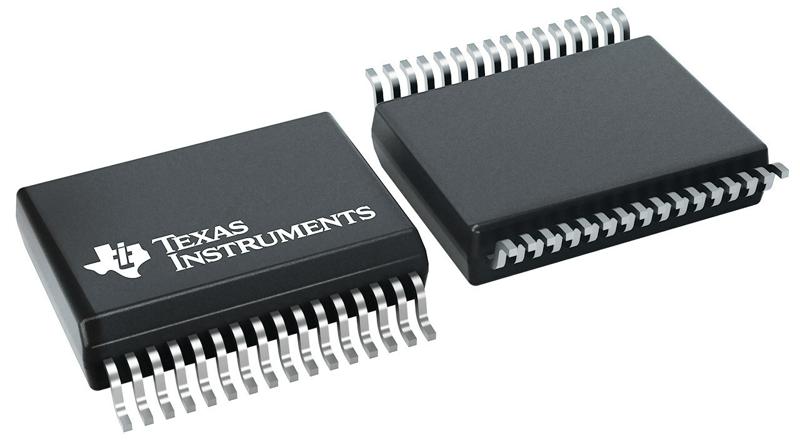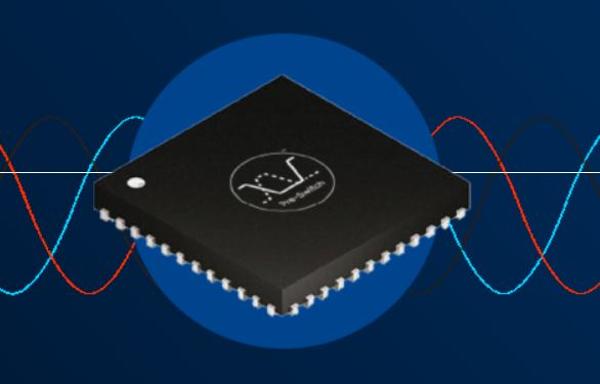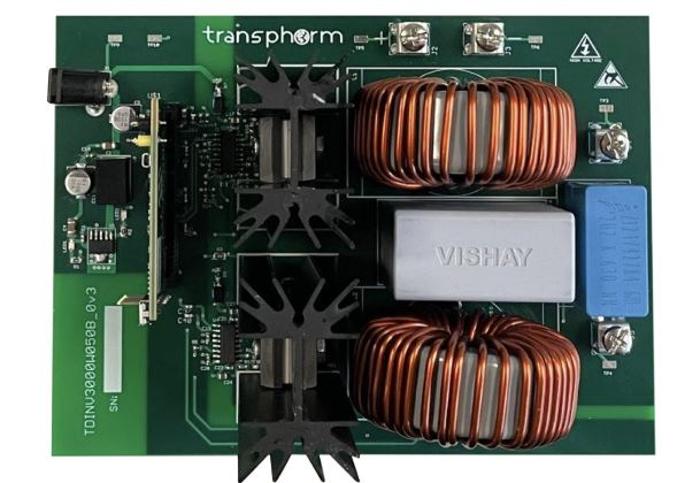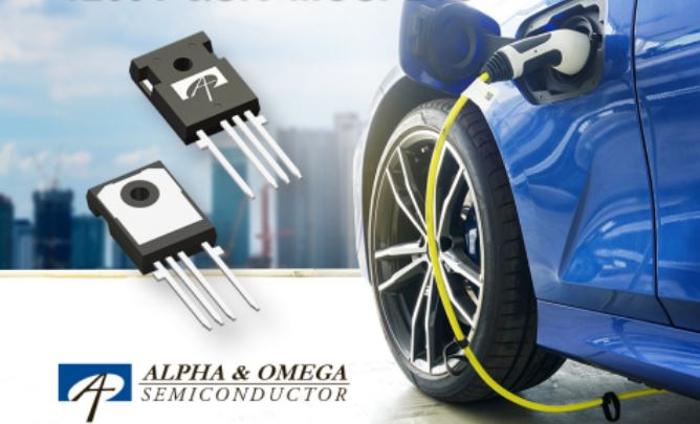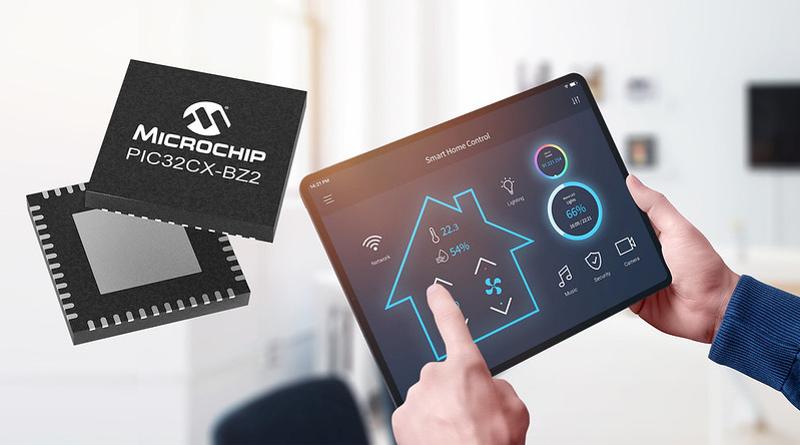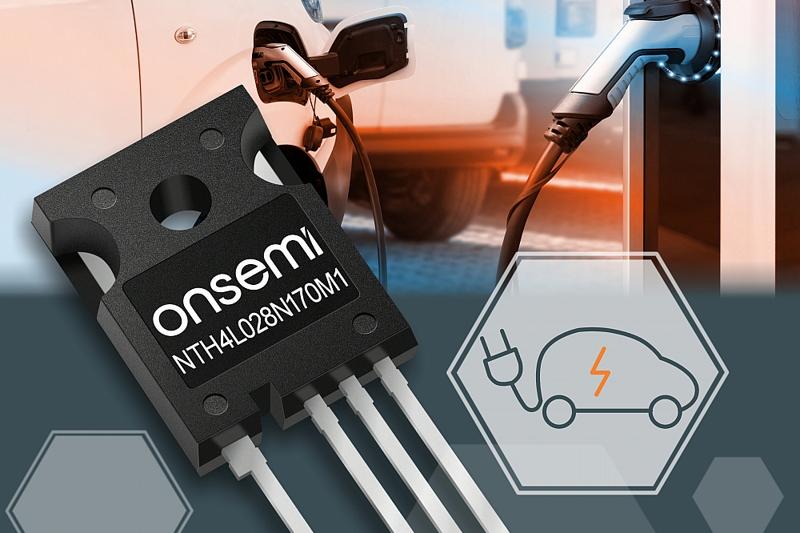
Taillight design that nearly halves system cost
- Automotive
- 2023-09-23 21:29:15
Lately, nearly all automotive lighting features have been developed using LEDs, offering increased brightness while consuming less power. LEDs offer numerous benefits compared to conventional fluorescent bulbs. For the automotive taillight, all vehicles must have the following light functions:
TAIL(RED)STOP(RED)TURN (RED or Yellow)BACKUP (white)Wow the engineering world with your unique design: Design Ideas Submission Guide
Without compromising on the regulatory requirements of the taillight in some applications, we can combine one or more of these functions together in order to reduce the overall system cost.
For example, the TAIL light can be combined with the STOP light provided that the brightness difference between these two functions are evident whenever activated such that:



The limitations for combining both the TAIL and STOP LED functions are as follows:
Each function requires a different brightness.There is no communication bus from the BCM to the rear light module to convey function information.We can overcome the limitations above using a simple sense circuit that enables using single group of LEDs for both the TAIL and STOP function as well as a single LED driver with variable LED current for adjusting the brightness as shown in Figure 1. This will reduce the system cost by almost 50%.

Figure 1 A simple sense circuit and an LED driver to control only a single group of LEDs for both the TAIL and STOP functions of a standard automotive taillight.
In this sample application circuit:
VBAT min: 9 VVBAT max: 1 6VThe LEDs used are the OSRAM KR DMLN31.23 Red LEDs. A total of 10 LEDs are used in a single string where:
Total VF min: 2.0*10 = 20 VTotal VF max: 2.6*10 = 26 VThe LED driver employed is the MAX20090ATP used as a Boost controller for driving the LEDs where:
LED TAIL function current: 100 mALED STOP function current: 200 mANote both TAIL and STOP will be driven by the BCM/E-Fuse module from vehicle. Figure 2 is an image of the prototype driving and LED board with voltage probes measuring TAIL PWR, STOP PWR, and LED PWR.

In the circuit both TAIL PWR and STOP PWR are combined using reverse protection diodes. By default, when TAIL PWR alone is applied, the LED driver will be configured to drive 100mA of string current. When STOP PWR is being applied, transistor Q2 will be activated and Q1 will be disabled, this will change the voltage on the ICTRL pin of MAX20090 which in turn, changes the LED string current to 180mA (Figure 3).

Figure 3 Voltage and current graph where the LED functions (TAIL or STOP) automatically change the LED string current using FETs Q1 and Q2. This in turn enables the feature of using a single LED driver for both the TAIL and STOP functions instead of individual drivers, saving ~50% design cost.
The above circuit proves that, by using the MAX20090 along with transistor switching circuits (Q1, Q2, R9, and R10) we can use a single LED driver for driving both TAIL and STOP functions.



Logesh Sekar (Senior Member, IEEE) received his bachelor’s degree in electrical and electronics engineering from Anna University, Chennai, India He currently works as a senior hardware design engineer at an EV company in California, USA with a core expertise in automotive infotainment controller hardware design. Sekar is also a member of the editorial review board for the SAE international journal.
Related Content
LED tail lightsLighting technology for the modern automobileThe headlights and turn signal design blunderHeadlights and turn signals, part twoAutomotive lighting design considerations–LEDsTaillight design that nearly halves system cost由Voice of the EngineerAutomotiveColumn releasethank you for your recognition of Voice of the Engineer and for our original works As well as the favor of the article, you are very welcome to share it on your personal website or circle of friends, but please indicate the source of the article when reprinting it.“Taillight design that nearly halves system cost”

